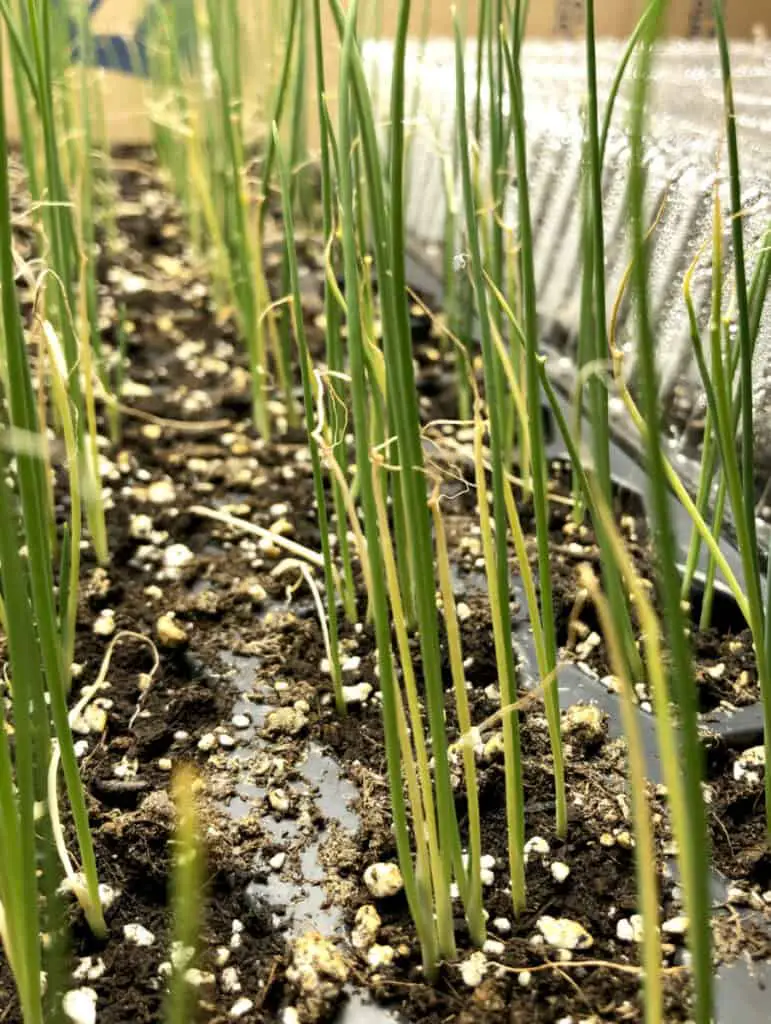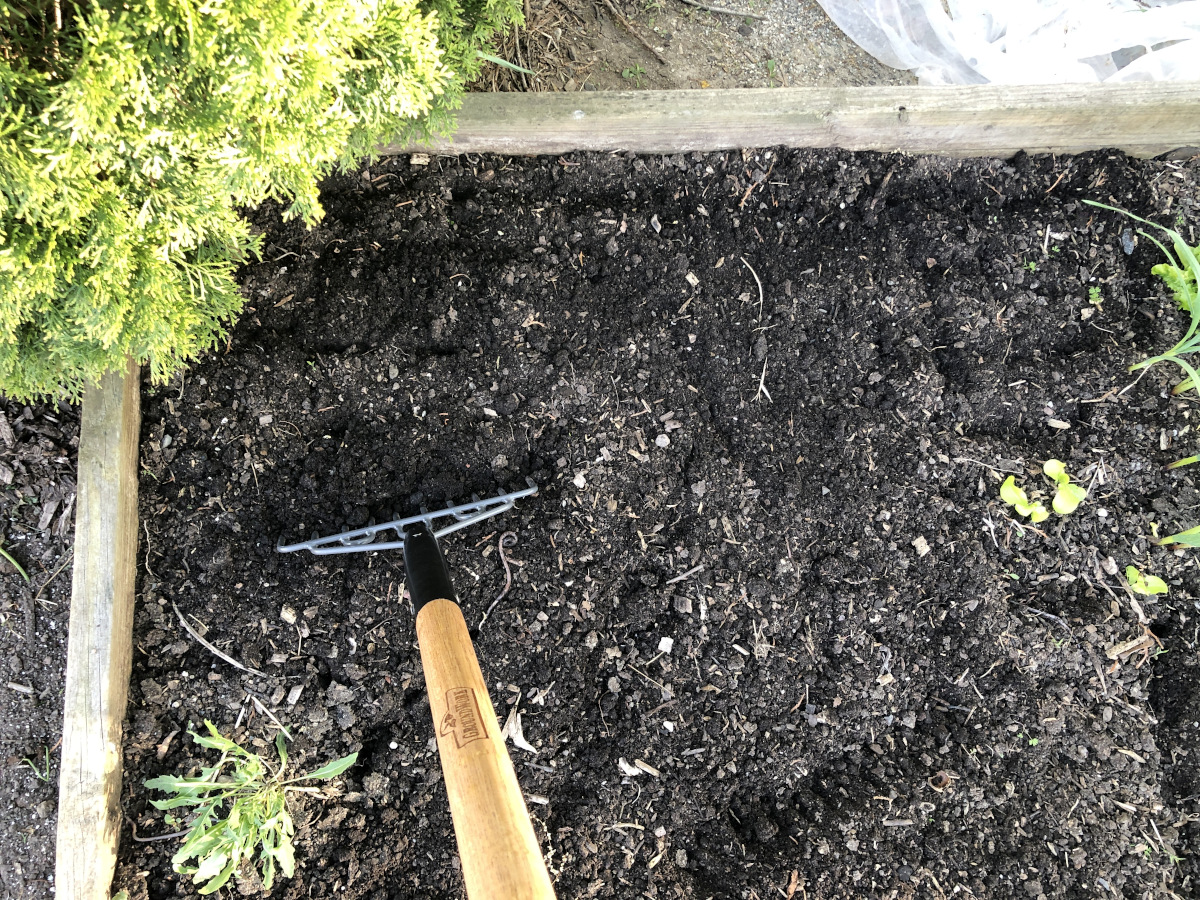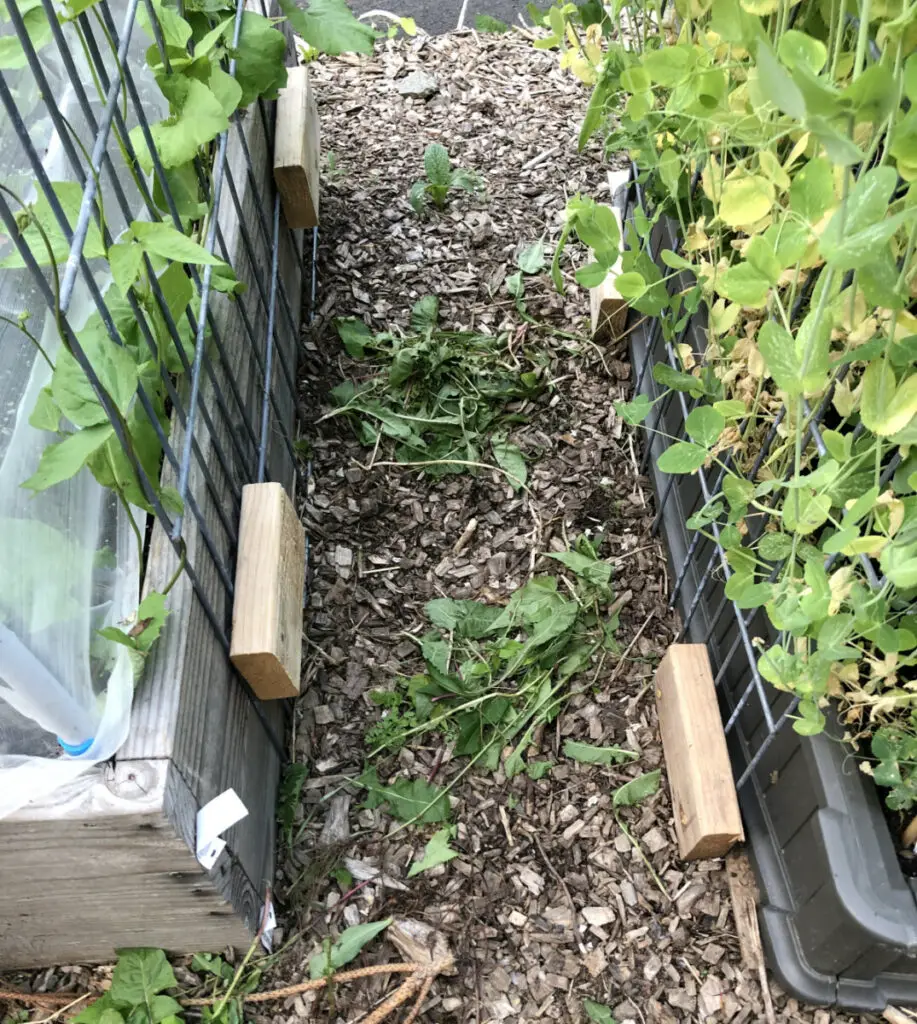Plant is telling us through the yellowing leaves that something is wrong with it. There might be several reasons why the leaves turn yellow. Let us take a look at some of the most common reasons why the leaves turn yellow, how identify the cause, and treat the plant to help it.
- Yellow leaves can be a sign of overwatering
- Leaves turn yellow when the plants are underwatered and the roots are drying out of inconsistent watering
- Poor drainage
- Root damage
- Soil is compacted and the roots are suffocating
- Improper soil pH
- Lack of nutrients
- The life cycle of the leaf ended
Signs of overwatering
Plants are overwatered when the leaves turn yellow and feel mushy, most of the foliage is able to stand up, but their color changes from green to light yellow. This process starts from the bottom of the plant with the bottom leaves turning yellow first. The soil feels soggy to the touch, and the roots can’t get enough oxygen and start to rot or die down. Over time the plant starts to wilt because the roots are not able to deliver the nutrients. The soggy soil might start to appear green or gray covered with mold.

How to help plants overwatered plants
Stop watering the plant and remove all the dead leaves. Let the soil dry out a little bit but not completely. The soil should not feel mushy or soggy but moist, it should hold the shape when squeezed in the palm of your hand but should crumble down easily using a finger. If necessary, scrape down all the mold and loosen up the soil to allow drainage and oxygen in. If roots were damaged, remove rotted roots and leave any healthy roots intact. Let the plant recover in moist soil and water only after checking the soil. Stick the finger in the soil and if it feels wet do not water. If the soil feels dry and crumbly, water. Set up a regular watering schedule. Most of the time, only leaving the soil to dry a little helps. Then hold back on watering and instead set up a regular watering schedule and water only after checking the soil and identifying the need for watering.
How and when to water vegetable garden
When you should not water your garden
Should you water garden in the morning or at night?
How to improve soil drainage
Plants get overwatered and turn yellow when the soil is compacted and does not drain well. Loosen up the soil with a garden fork or shovel. Loosening of the soil will deliver oxygen to the roots and will loosen up the compaction. Loosened soil will drain better and will distribute water properly. Compost and perlite can be mixed into the soil to aerate it and improve soil drainage. If growing in pots, check the drainage holes on the bottom and ensure they are not clogged.
How to fix root damage
To fix the root damage, first, identify if the plant suffers root damage. Unearth the roots gently and if any roots are found rotted, molded, or mushy, remove them, without disturbing a healthy part of the root system. Aerate the soil around the roots and amend with compost and perlite if needed to improve drainage and aeration. Remove also the soil that carries the rotted roots. Fill the space from which the soil and roots were taken with fresh new, well-draining soil.
How do you help a plant that has been underwatered?
Cure underwatered plants by watering them well and helping them stay well hydrated by setting up a regular watering routine. One can help to fix underwatering by providing the plants with a proper soil mix for your climate. To improve water retention in the soil, mix in vermiculate which holds water very well. Mulching will also help prevent underwatering as mulch helps keep water locked in and prevents the sun and wind from drying the soil. After you water the garden of containers and pots, check if the water penetrated deeply enough. Simply dig about 6 inches deep to see how deep you watered. The Garden needs about 1-2 inches of water weekly. Some plants like tomatoes which also sent out horizontal shallow roots might also need shallow watering and deep watering. Spraying the foliage of the plants during hot summer days also helps cool the plants down and hydrate them in addition to watering.
When and how to water tomatoes
How to improve compacted soil
Compacted soil needs to be loosened up. It can be aerated using a tiller, garden fork, garden shovel, or garden hoe. Loosen compacted soil at least 6 inches deep, up to 12 inches. Once the soil has been aerated it can be amended by adding quality compost and other organic matter like aged manure, and inorganic matter such as sand, perlite, or vermiculite. Compacted soil can also be planted with cover crops that would help loosen up and aerate it. Tillage radish is one of those crops that would help loosen up compacted soil as it grows.

I use a garden fork similar to this one to loosen up the soil. This garden fork is easy to use and has a long fork that helps me loosen up the soil deeply, especially when I prepare the soil in spring to plant root crops like carrots and parsnips and bulbing crops like leeks and onions. One garden fork has many uses. I like to use it to load mulch and turn compost if needed.
How to check and improve soil pH
Check the pH of the soil using a simple soil pH meter. Then amend the soil as needed for the specific plant. To add acidity to the soil, mulch the plants with pine needles and mix peat moss with the soil. Vinegar mixed with water can also be used when watering acid liking plants. One tablespoon, up to 1 cup of vinegar mixed with 1 gallon of water can be used depending on how alkaline your soil is.
How to fix the lack of nutrients in plants
Fix the lack of nutrients in plants by fertilizing them. Slow-release or liquid fertilizer can be used to add nutrients directly to the soil or during regular watering. Use fertilizer rich in nitrogen, phosphorus, and potassium, according to the needs of the plant. If the leaves are yellowing the plant might need magnesium. Add magnesium sulfate (also known as Epsom salt) to the soil. Or dissolve it in watering water and water the plants with it at the base of the plant.
Get slow-relese fertilizer for vegetables here.
Get liquid ferilizer for vegetable garden here.
How to tell yellow leaf is the natural life cycle of the plant
If the lower, leaves of the plant turn yellow without any reason, it simply might be the sign of a natural life cycle of the plant and its leaves. Older leaves are naturally yellowing and dying while the new leaves come in plenty and are healthy and green. If the upper leaves are abundant and healthy green and the plant is healthy in appearance, with the bottom leaves yellowing, it is simply a sign that the life cycle of the leaf is ending. It is natural.

What are some common seedling problems?
Why are my tomato seedlings staying small, and stopped growing?

